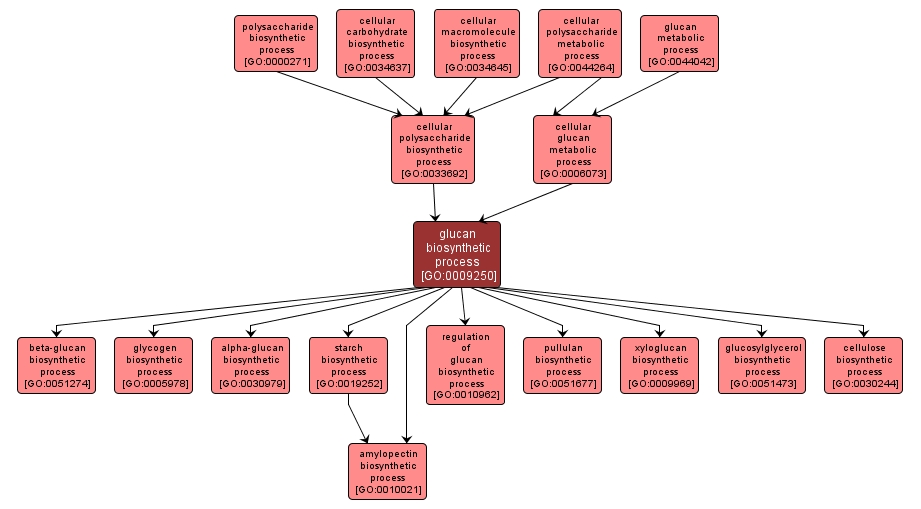GO TERM SUMMARY
|
| Name: |
glucan biosynthetic process |
| Acc: |
GO:0009250 |
| Aspect: |
Biological Process |
| Desc: |
The chemical reactions and pathways resulting in the formation of glucans, polysaccharides consisting only of glucose residues. |
Synonyms:
- glucan synthesis
- glucan formation
- glucan anabolism
- glucan biosynthesis
|
|

|
INTERACTIVE GO GRAPH
|














